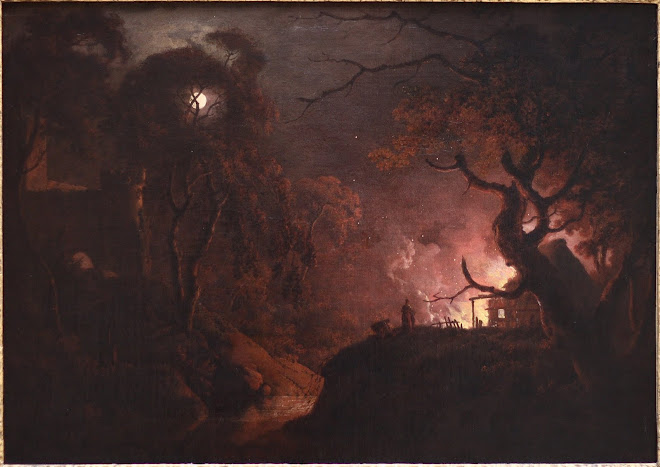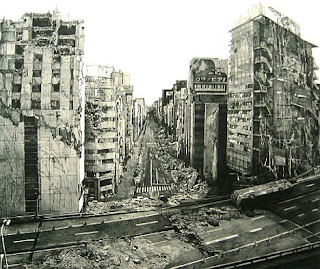One of my absolute favourite TV moments is the 90's series Twin Peaks. David Lynch and Mark Frost collaborated on the series set in a small north American town, surrounded by dark forces. Following the themes of Blue Velvet, this production crosses genres and creates an unsettling yet homely atmosphere.
Twin Peaks is an exploration of a small town whose dark secrets are revealed during the murder investigation of high-school prom queen Laura Palmer (Sheryl Lee). Combining characters and storylines straight out of soap operas, sit-coms, detective stories, science fiction, and horror, Twin Peaks was a huge hit with its intertexuality, post-modern humour, and supernatural themes.
Similar to Blue Velvet, the sudden idealistic ending of perfect happiness is so drenched in irony that ultimately Lynch seems to be suggesting that people who have the potential for violence cannot find true happiness.
This link explores further the masterpieces of David Lynch - The Evil that men do














.jpg)






